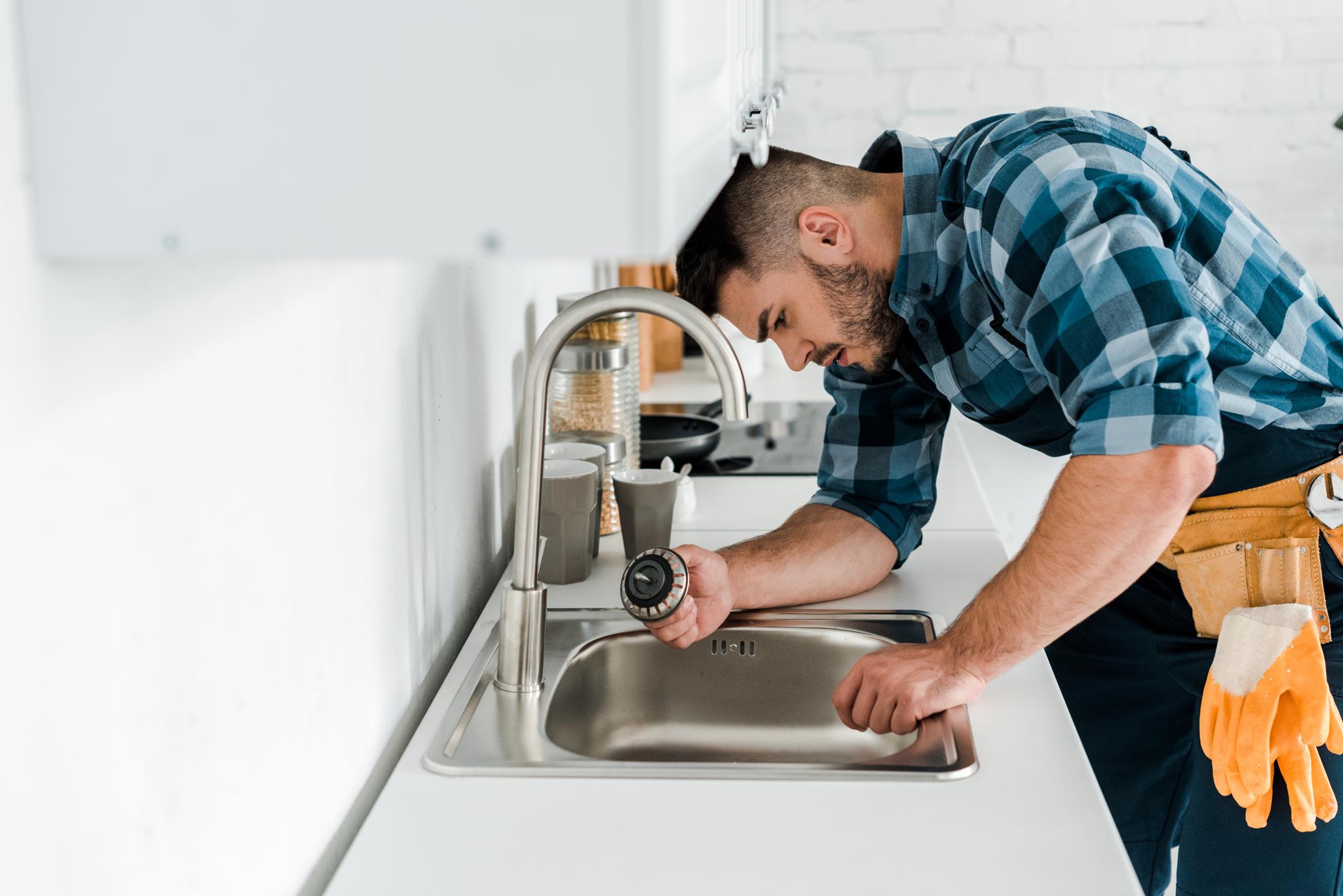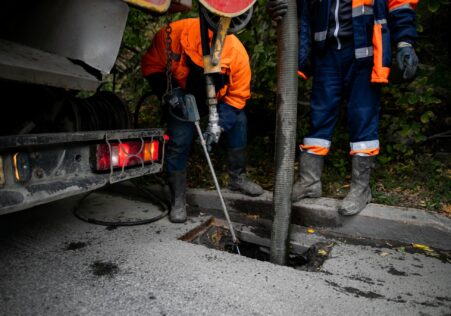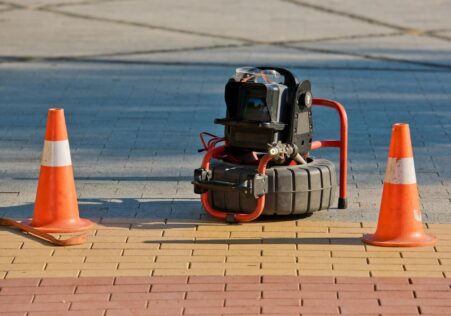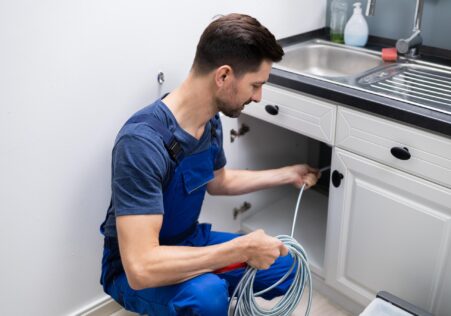Understanding the Differences Between Pipe Relining and Pipe Replacement
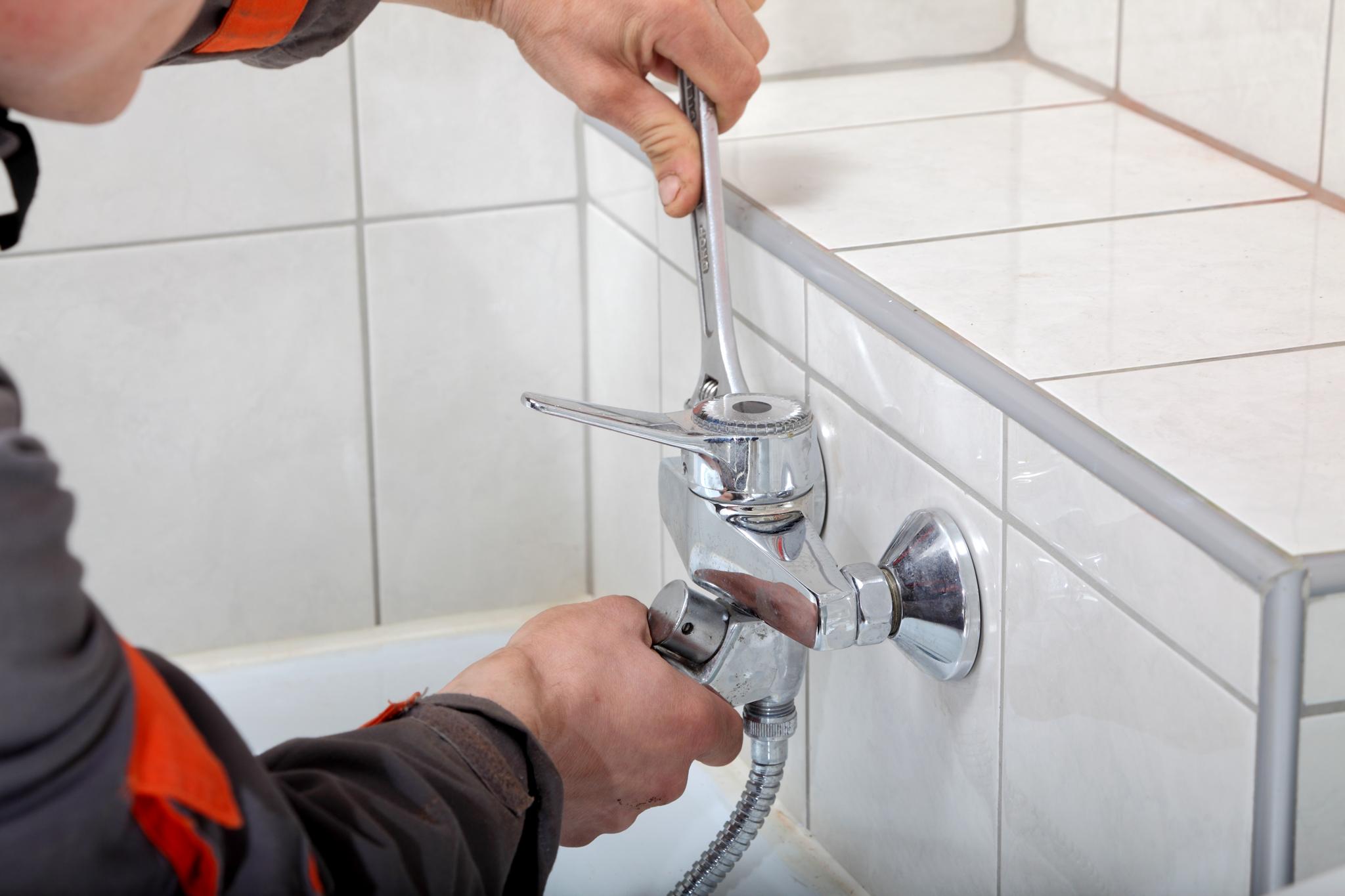
When it comes to fixing damaged pipes, two common methods are pipe relining and replacement of pipes. Both methods aim to restore the full function of your pipes, however there are some distinct differences must be aware of.
Key Takeaways
- Relining pipes is an affordable and quick method of repairing damaged pipelines.
- The lining of CIPP is utilized in pipe relining.
- Epoxy resin is utilized to line the inner parts of the pipe which cures to create a new inner lining within the pipeline.
- Relining pipe is time-efficient and cost-effective, and can last for up to 50 years.
- Traditional pipe replacement involves digging up areas of the property in which pipes are located.
- Pipe replacement may be necessary for severely damaged pipes.
- A new pipeline installed through pipe replacement has a lengthy time span (75 or 100 years).
- Replacement of pipes is expensive and lengthy.
- The decision between pipe relining or pipe replacement will depend on the severity of damage that has been caused.
In this article, we’ll go over pipe relining and. replacing pipes and figure out which option will meet your needs better.
Is Pipe Relining a thing?
Pipe relining or Cured-In-Place Pipe (CIPP) Lining is a state of the art repair procedure that provides a cost-effective, rapid solution for the repair of damaged pipelines.
Here’s how it is done:
- A technician cleans the pipeline with high-pressure water jetting or mechanical cleaning.
- Then, they place epoxy resin made of fiberglass or polyester inside the existing pipeline.
- The liner gets dried by forming a new lining inside the old pipeline that’s just as long-lasting as the new one.
Advantages Pipe Relining
- The process is time-efficient, taking about 2 to three hours in order to finish the entire procedure, compared to excavating for several days with traditional pipe replacement methods.
- Cost-effective since there is no excavation or removal necessary in pipe relining work, it can save almost half of the amount you spend on traditional repairs.
- Durability – The new liner that is created by pipe relining may last for up to 50 years!
Cons of Pipe Relining
- Not suitable for very damaged pipes - If there are major damages such as cracks, collapses or joints that are misaligned in your sewer line, then pipe relining might not be feasible.
What exactly is Pipe Replacement?
Pipe replacement involves digging up portions of the yard/sidewalk/driveway where underground pipes are located. The areas may contain the collapsed pipes as well as extremely corroded ones either from negligence or aging.
The following steps are typical of traditional replacements for pipes:
- An excavation crew digs access to the degraded underground pipe.
- The old pipeline is detached and dredged out, producing a lot debris which needs to be removed.
- Then, they install another pipeline in place of the old one.
Benefits of Pipe Replacement
- Suitable for severely damaged pipes Ideal for severely damaged pipes – If you must replace pipes that are experiencing significant damage or corrosion, pipe replacement is the best solution.
- Long lifespan – The new pipeline, which is replaced by pipe has a long life (75 or 100 years) which makes it a great choice for homeowners in search of the best solution for their home.
Pros and Cons of Pipe Replacement
- It is expensive – Excavating work required for pipe replacement could be time-consuming and expensive.
- It is time-consuming. Pipe replacements could take several weeks, based on the size of the work and the depth of excavations that are required.
Which one is best for you?
The choice between relining or replacing your pipes mostly depends on the amount of damage caused. If your pipes have minor issues like cracks, or leaks of a minor size, replacing them is likely to be the better option since it is less costly and faster than traditional pipe replacements.
However, if you have severe damage such as breaks or collapses it is recommended to consider traditional pipe replacement although it could be more costly and may take longer.
| Pipe Relining | Pipe Replacement | |
|---|---|---|
| Procedure | CIPP lining using epoxy resin | Excavating and replacing the old pipeline |
| Pros | Time-efficient- 2 to 3 hours to complete | Suitable for severely damaged pipes |
| Cost-effective – Almost half of traditional costs. | New pipeline lasts for 75 to 100 years | |
| Durable – Lasts up to 50 years | ||
| Cons | Not suitable for severely damaged pipes | Costly |
| Time-consuming | ||
| When to choose | Minor damages like cracks or minor leaks | Severe damages like collapses or breaks |
Common Questions & Answers
What is pipe relining?
Relining pipes is a procedure which involves the creation of a new pipe inside an existing damaged pipe. This is done by inserting a flexible liner into the old pipe and the process of curing it. After it has been cured, the newly formed pipe has no joints or seams that improve its structural integrity.
How does the traditional replacement of pipes differ from pipe relining?
Traditional replacement of pipes involves digging and physically dismantling old pipes before replacing them with new ones. However, pipe relining doesn’t require excavation; instead it’s done by using technology that permits pipe repair without digging up vast areas of land.
Which one is less expensive - pipe relining or traditional pipe replacement?
Pipe relining generally costs less than traditional methods of repair to pipelines since there aren’t any costs related to excavation and other techniques needed for removing and replacing old pipes.
All kinds of pipes can be changed?
Not all types of pipes are relined in a successful manner. The plumber will have to inspect your situation to determine if it is feasible to line your particular type of pipes. However, the majority of contemporary pipes are repaired by this technique.
How long does the pipe relining process take?
The precise time needed for the procedure varies based on elements like the location, the environment and the type of damage. However the typical Pipe Relining job usually takes 2-3 days, depending on how many metres require lining..
In conclusion, if you want to avoid invasive excavation work and save cash while restoring damaged pipelines’ performance to their fullest you should consider using our Melbourne Blocked Drains Plumbers ‘s quick and efficient pipeline relining services. Contact us!
Additional Information
- Plumbing Relining: Everything to Expect and What it Works
- Optimize Your Property's Plumbing System with Pipe Relining
- Top Ways to Avoid Drain Cleaning Emergencies
- Why Trenchless Pipe Relining is the Future of Condominium Plumbing
- When to Stop Piping Damage: Consider Replacement
- The Ultimate Guide to Pipe Relining: How to Select the Perfect Material
- The Future of Plumbing: Advances in CCTV Drain Inspection Technology
- Bid Farewell to High Sewer Repair Charges with Pipe Relining
- Green Sewer Maintenance: Benefits of Relining
- The Benefits of Unblocking Blocked Drains for Your Business




